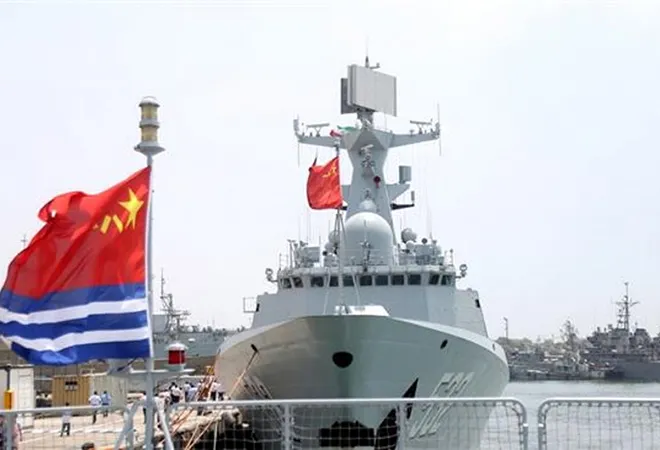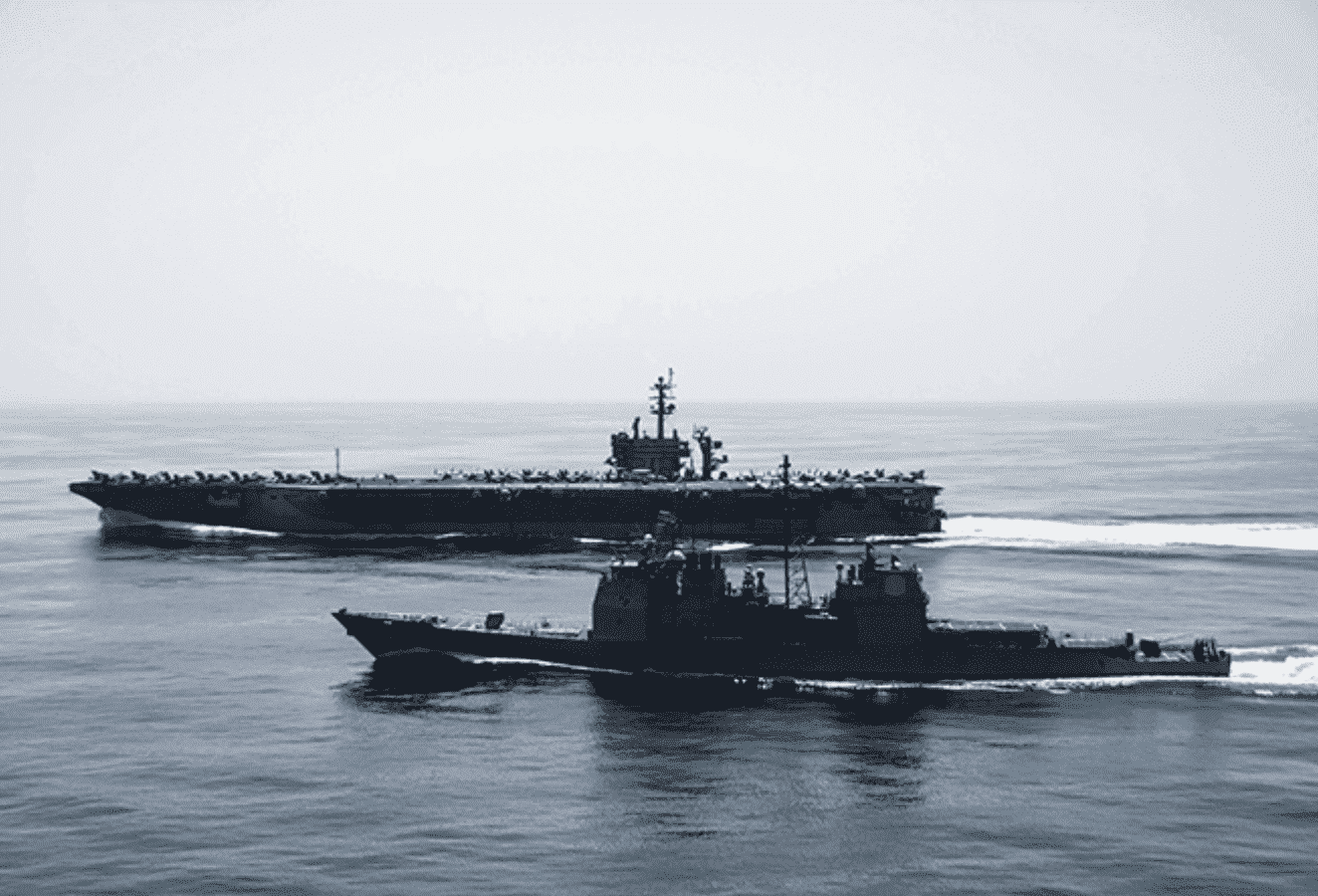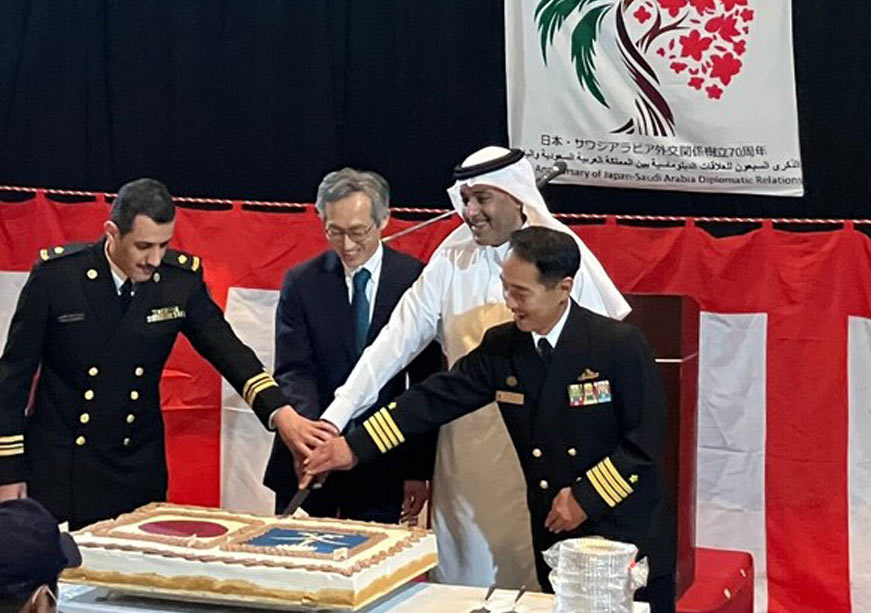China’s supposed multi-billion dollar deal with Iran comes at a time of increasing alarm bells over Beijing’s expansionist foreign and military policy designs. From the recent fallouts between India and China in Ladakh amidst the high Himalayas, which saw 20 Indian troops killed (and unnumbered Chinese fatalities), to the South China Sea where two US aircraft carriers have been running patrols and freedom of navigation operations (FONOPS) missions, Asia is rapidly becoming the center of global geo-political headwinds.
Amidst these developments, two major global maritime and geo-political chokepoints will inadvertently play a significant role on how China’s take on increasing pressure over boundary issues and how its aggressive brand of ‘wolf warrior’ approach to diplomacy’ plays out globally. Both, the Malacca Strait, traversing between the geographies of Indonesia, Malaysia and Singapore in the Pacific and the Strait of Hormuz, opening into the Gulf of Oman and the Arabian Sea in the Middle East are going to become inflection points, examples of which have already started to take shape.
The Malacca Strait, traversing between the geographies of Indonesia, Malaysia and Singapore in the Pacific and the Strait of Hormuz, opening into the Gulf of Oman and the Arabian Sea in the Middle East are going to become inflection points, examples of which have already started to take shape
The proposed China – Iran deal, estimated to be over $400 billion, is expected to have significant infrastructure development in and around the Strait of Hormuz, via which 20% of the world’s oil trade travels through. The narrow piece of water separating the Arab world from Iran has already played host to many crisis situations over the past year, with the return of tanker wars in 2019 similar to those witnessed in the 1980s, Iranian boats trying to harass oil tankers, and instances of oil tankers wanted for smuggling by the UN being hijacked and ending up in Iran. Researchers Elisa Catalano Ewers and Ariane Tabatabai recently highlighted that, as per plans of the Iranian government, Tehran wants to completely bypass the Strait of Hormuz to export its oil by March 2021. Ewers and Tabatabai rightly underline this as a “game changer”, as if this plan comes to fruition, potentially aided by Chinese money, it could weaponise the Strait of Hormuz significantly, and offer both Iran and the Arab world an unchained playground for asymmetric warfare and kinetic actions against one and other. For countries such as India, this eventuality would be a significant foreign and domestic policy challenge, as its top oil suppliers, critical to its economic story, are in the Middle East.
On the other side of the Indian Ocean, the Malacca Strait is also in the middle of renewed strategic flashpoint. India and the United States have also conducted a Passage Exercise (PASSEX) between the American aircraft carrier group USS Nimitz and Indian Navy battleships around the archipelago of the Andaman and Nicobar Islands, a few hundred kilometers from the mouth of the Malacca Strait and within actionable distance of major trade sea routes that service China. Malacca, which feeds into the South China Sea, in 2016, carried 90% of all oil flowing into South China Sea, mostly from suppliers in the Middle East and Africa. Along with the US – India exercise, an expansion of the Malabar naval exercise between India, US and Japan, which now may also include Australia this year, will add a new dimension to Asia’s geo-politics, and highlight a growing sense of urgency to push-back on China’s quasi-hegemonic methods to territorial claims that while have been in their narratives for years, are now backed by political will and military might.
Both the Malacca Strait and the Strait of Hormuz may bring trade, and more directly energy security, very near to the center of the developing situation in Asia, and the US’s renewed political and military interests in the region to put tactical checks on China and not just strategic ones. However, none of these blueprints will be easy to build upon. In the Middle East, Beijing has good relations with the likes of UAE and Saudi Arabia; both having deals as part of China’s Belt and Road Initiative, and a strategic infusion of the military kind in Iran may disrupt its geo-strategic balance in that region. In Southeast Asia, ASEAN countries are already looking to distance themselves by arguing for a non-alignment 2.0 in parallel to a potential Cold War 2.0 being played out between Beijing and Washington D.C.
Both the Malacca Strait and the Strait of Hormuz may bring trade, and more directly energy security, very near to the center of the developing situation in Asia, and the US’s renewed political and military interests in the region to put tactical checks on China and not just strategic ones
However, the Arabian Sea will increasingly be expected to bring into the extended understandings of India’s partner nations such as France, Japan and the US, who at times have differing understandings of the constructs around the idea of the Indo-Pacific. In fact, both India and China play a similar deck of cards when it comes to their policies in dealing with the intricacies of West Asia between the Arab block, Iran and Israel. This entails walking a thin line between them, and not fall into the trappings of any poles of power and their regional agendas. However, if the Iran deal turns out the way it is being portrayed, China’s delicate balance will be significantly disrupted, and not even its investments with the Arab world may be able to salvage its positions, making the Arabian Sea a fairly complicated water body to operate in. These eventualities must be factored into Indian and Western sensibilities today, as this part of the IOR finds little mention when Indo-Pacific strategies are discussed and deliberated upon.
If the Iran deal turns out the way it is being portrayed, China’s delicate balance will be significantly disrupted, and not even its investments with the Arab world may be able to salvage its positions, making the Arabian Sea a fairly complicated water body to operate in
The Asian power struggle is going to be a long-term agenda, with New Delhi potentially becoming a fulcrum point. India may have balked on being so in the past, however the Ladakh crisis has arguably re-designed its entire approach to China from here on. And these new strategic overplays in Asia will be visible from Hormuz to Malacca, and beyond.
______________________________________________________________________________________________________
Kabir Taneja is a Fellow at the Observer Research Foundation












